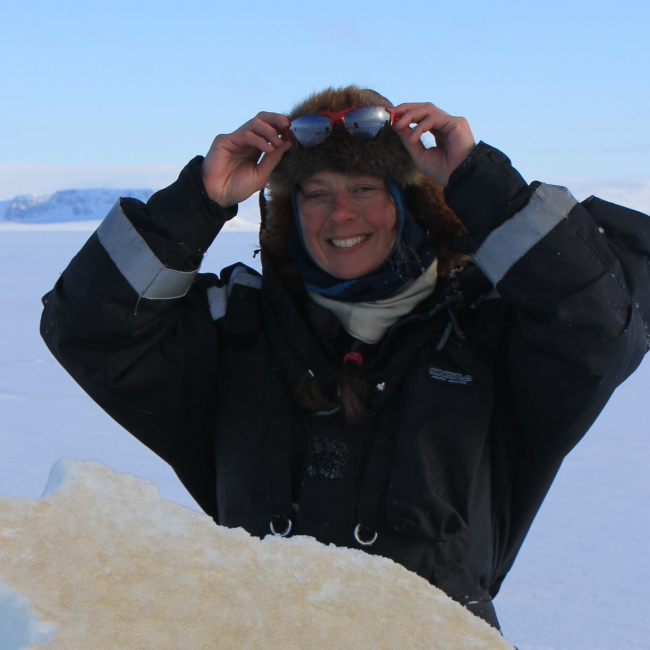Seasonal mesozooplankton patterns and timing of life history events in high-arctic fjord environments
[Published 11 August 2022]
Scientific Publications
Abstract
Seasonal patterns in mesozooplankton composition, vertical distribution, and timing of reproduction are challenging to study in the open sea due to ocean currents and mix of populations of different origins. Sill fjords, on the other hand, with restricted water exchange, are ideal locations for studying taxa- and community-specific adaptations to the prevailing environment. Here, we present re-occurring patterns in the mesozooplankton community structure in Billefjorden, Svalbard, a high Arctic sill fjord with extensive seasonal ice cover, based on monthly sampling from 2011 to 2013. The zooplankton community composition confirmed the Arctic character of this fjord. Predominantly herbivorous taxa, such as Calanus glacialis and Pseudocalanus spp., showed strong seasonal variation in abundance and depth distribution, with population minima in spring being compensated by a rapid population recovery during summer. Omnivorous taxa, such as Microcalanus spp. and copepods of the family Aetideidae, largely remained at depth throughout the year and had an extended or year-round reproductive period. Deep-dwelling omnivorous/carnivorous species peaked in abundance in winter–spring when herbivorous populations were severely depleted. Taxa with seasonally limited occurrences, i.e., meroplankton, peaked in spring and summer at the surface, but were largely absent for the rest of the year. The different life histories, with contrasting feeding modes, depth preferences, and timing of reproduction lead to reduced interspecies competition and allow for a rather high and stable abundance of mesozooplankton year-round despite the short primary production window at high latitudes.
FACE-IT Scientists:
Janne E. Søreide
University Centre in Svalbard (UNIS), Longyearbyen, Norway
ResearchGate
Janne’s FACE-IT Projects
Role in FACE-IT:
• Researcher "Biodiversity Changes"

